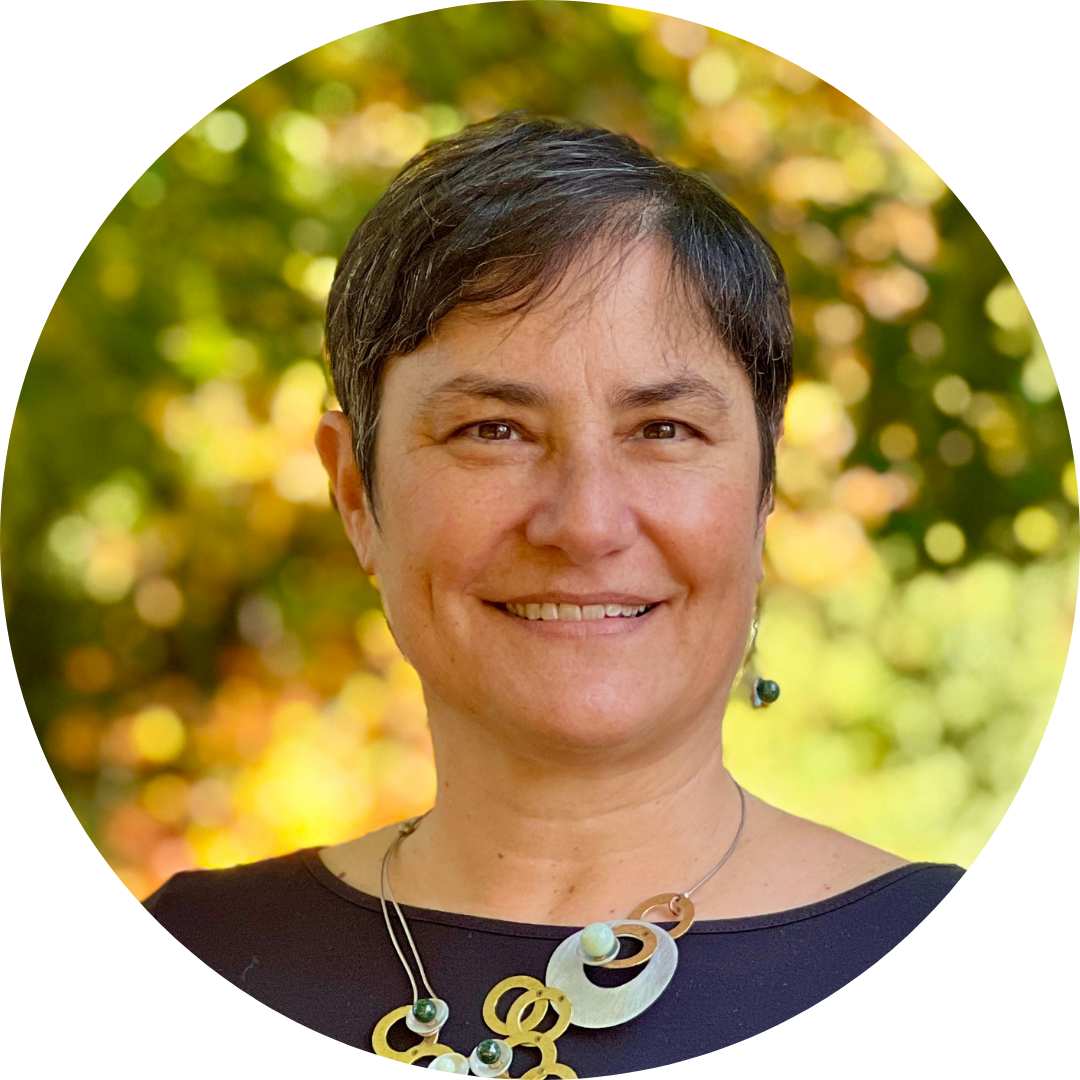Why belong?
Why belong to the Jewish people? Why belong to a synagogue? Why belong to the Reconstructionist movement?
These are some of the most important questions that I am asked and that I, along with all of us at Reconstructing Judaism, strive to answer powerfully and convincingly. We answer with explanations and resources (see, for example, the rich section on Reconstructionism on our website). And, most compellingly, we answer through the demonstration of our Reconstructionist approach. Every affiliated synagogue is a powerful demonstration of Reconstructionist Judaism (thank you to all the lay leaders and rabbis who labor joyfully to make this so). Camp Havaya is a stunningly beautiful demonstration. I frequently say that it is impossible NOT to feel optimistic about the Jewish future or Reconstructionist future at our camp, and I have every expectation that the same will be true at Havaya Arts when it opens this summer. And I know that Convention—our first in eight years—will be a nourishing, sustaining, moving, song- and movement-filled demonstration of our creativity, our curiosity and our commitment to building the world we want to live in.
My wife Christina and I had the great blessing of participating in another powerful demonstration of why belong to the Reconstructionist movement last month, when we participated in a movement mission to Israel. We were 25 people from 11 Reconstructionist congregations across North America (Kehillat Israel in Pacific Palisades, CA; University Synagogue in Irvine, CA; Jewish Reconstructionist Congregation in Evanston, IL; Shir Hadash in St. Louis, MO; Bnai Keshet in Monclair, NJ; Dorshei Emet in Montreal, Quebec; Kol Ami in Arlington, VA; Bet Am Shalom in White Plains, NY; Dorshei Derekh in Philadelphia; Beth Israel in Media, PA and Mayim Rabim in Minneapolis, MN).
The trip was an experiment, an effort to create opportunities for intense, substantive engagement with Israel for Reconstructionists, especially for members of congregations that are not able to mount their own trips. Several participants shared that they were waiting for just this opportunity—to travel to Israel with other Reconstructionists and with a Reconstructionist sensibility. I have the extraordinary opportunity to visit Reconstructionist congregations across North America, and know that members of our communities are interesting and interested people. It was both affirming and deeply enjoyable to bring together folks from across the movement and to see the care and concern they all demonstrated—toward each other and toward our many fascinating speakers.
Look for an article in next month’s RT that will unpack the itinerary, which focused on the Israeli Jewish renaissance (starting to become known as Israeli Judaism); Jewish-Arab coexistence and Israeli civil society; and environmental sustainability, and will reflect on some of the take-aways. I was thrilled to participate in this experiment, and to add on a couple of useful meetings on behalf of the movement, including exploration of partnerships with like-minded organizations, a lecture on Reconstructionist Judaism at Bar Ilan University, and even a live interview on a new Israeli cable news channel. I was excited to build connections between and among Reconstructionists and to learn from them as we refine this experiment.
And I was deeply interested in the interconnections between what we were exploring in Israel and the work we are doing here in North America. Some of our conversations about relationships between Israeli Arabs and Israeli Jews evoked parallels with our cutting-edge work on multifaith partnerships. Our discussion about resilience with Dror Yisrael activists living in Sderot mirrored work we are doing in building up resilience for Jews in North America. And just as we felt at home at Kabbalat Shabbat services with Beit Tefilla Yisraeli, co-founder Rabbi Esteban Gottfried told me that he feels at home in every Reconstructionist synagogue he enters.
May we continue this rich building up of connection and content, across our movement and beyond, and may we all feel a sense of why and how to belong.








